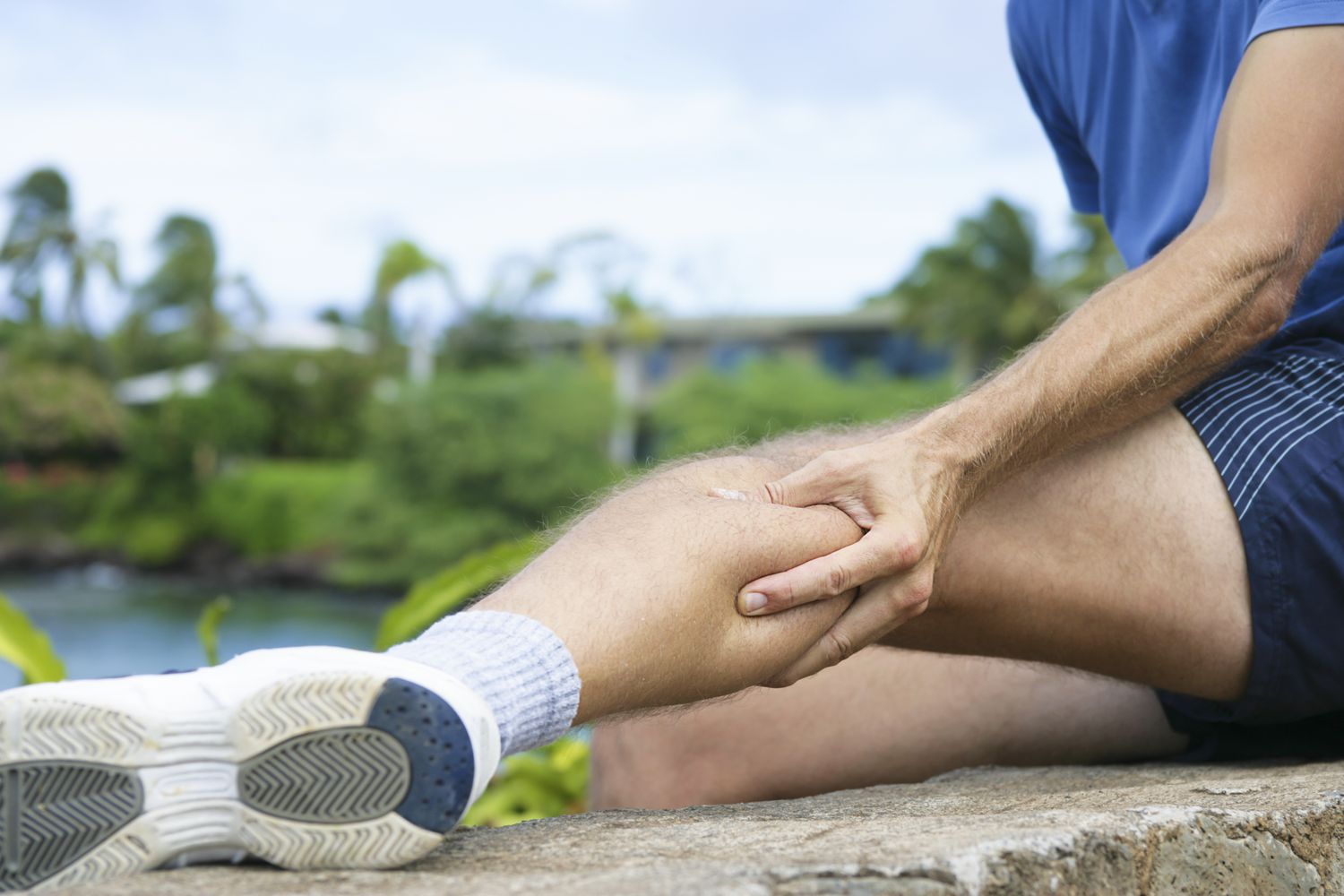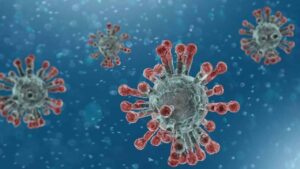Leg cramps are sudden, involuntary contractions of one or more muscles, often causing intense pain. These cramps can last from a few seconds to several minutes and may even recur multiple times before finally subsiding. While they can occur at any time, they are especially common during summer due to dehydration and excessive sweating, which lead to muscle fatigue and loss of essential minerals.
In this article, we’ll explore the causes of leg cramps, effective prevention tips, and remedies to keep your muscles relaxed and healthy during the hot months.
What Causes Leg Cramps in Summer?
Leg cramps can occur while resting, during sleep, or after prolonged physical activity. Some of the most common causes include:
1. Dehydration 💧
- Hot weather increases sweating, leading to fluid loss. Without enough hydration, muscles become more prone to cramping.
2. Electrolyte Imbalance ⚡
- Sweating depletes essential minerals like potassium, magnesium, calcium, and sodium, which are crucial for proper muscle function. A deficiency in these minerals can lead to muscle spasms.
3. Overexertion & Muscle Fatigue 🏃♂️
- Engaging in intense exercise, prolonged standing, or walking in the heat can cause muscles to overwork and cramp.
4. Poor Blood Circulation 🩸
- Sitting or standing in one position for too long restricts blood flow, leading to muscle stiffness and cramps.
5. Underlying Health Conditions & Medications 💊
- Nerve compression – Issues like spinal nerve compression can lead to cramp-like pain in the legs.
- Inadequate blood supply – Artery narrowing (peripheral artery disease) can cause cramping during movement.
- Certain medications – Diuretics and some blood pressure medications can deplete important minerals, triggering cramps.
How to Prevent Leg Cramps in Summer
1. Stay Hydrated 🥤
- Drink at least 8–10 glasses of water daily to stay hydrated.
- Include electrolyte-rich drinks like coconut water, lemon water, and buttermilk.
- Avoid excessive intake of caffeine and alcohol, which can cause dehydration.
2. Maintain a Balanced Diet 🍏
Ensure your meals include muscle-friendly nutrients:
- Potassium: bananas, oranges, avocados, and spinach.
- Magnesium: nuts, seeds, dark chocolate, and whole grains.
- Calcium: Dairy products, leafy greens, and almonds.
- Sodium (in moderation) – Pickles, olives, and salted nuts.
3. Stretch Before Bed & After Activity 🧘♀️
- Do calf and hamstring stretches before bedtime to prevent nighttime cramos
- Stand about 2–3 feet away from a wall, keep your feet flat, and lean forward to stretch your calf muscles.
- Perform gentle yoga or leg stretches after exercise to relax the muscles.
4. Improve Blood Circulation 🩸
- Avoid sitting or standing in one position for too long.
- If you sit for long hours, move around every 30–60 minutes.
- Keep your legs elevated while resting to promote blood flow.
5. Keep Your Body Cool ❄️
- Avoid strenuous activities in hot weather; exercise during cooler parts of the day.
- Wear light, breathable clothing to prevent overheating.
- Take cool showers or apply a cold compress to relax tense muscles.
6. Massage & Ayurvedic Remedies 🌿
- Massage cramped muscles with Mahanarayana taila or Praharini taila for relaxation.
- Apply a cold pack to reduce inflammation and relieve muscle tightness.
- Soak in an Epsom salt bath to replenish magnesium and soothe sore muscles.
Exercises to Prevent Leg Cramps
- Wall Stretch – Stand facing a wall, place your hands on it, and step one foot back, keeping it straight. Lean forward to stretch your calf.
- Ankle Rotations – Rotate your ankles clockwise and counterclockwise to improve flexibility and circulation.
- Toe Raises – Stand on your toes for a few seconds, then slowly lower your heels. Repeat to strengthen leg muscles.
- Walking & Yoga – Engage in daily walks, gentle yoga, or swimming to keep your muscles active.
When to See a Doctor?
While most leg cramps are harmless, seek medical attention if:
- Cramps occur frequently or are severe and persistent.
- You notice swelling, redness, or tenderness in the affected muscle.
- Cramps are accompanied by muscle weakness or difficulty walking.
Leg cramps in summer are often preventable with proper hydration, a nutritious diet, and regular movement. By making small adjustments to your lifestyle and following these tips, you can reduce the chances of painful cramps and enjoy the season comfortably.
Stay hydrated, stay active, and keep your muscles cramp-free!




Be First to Comment